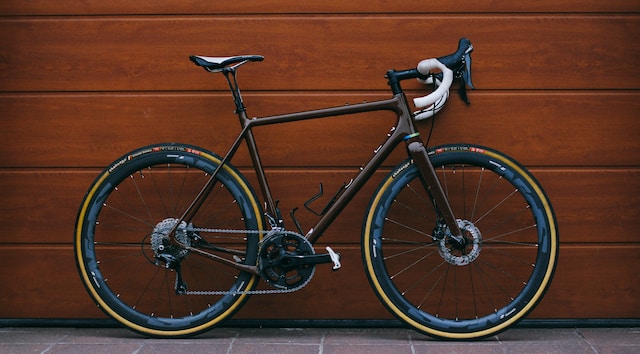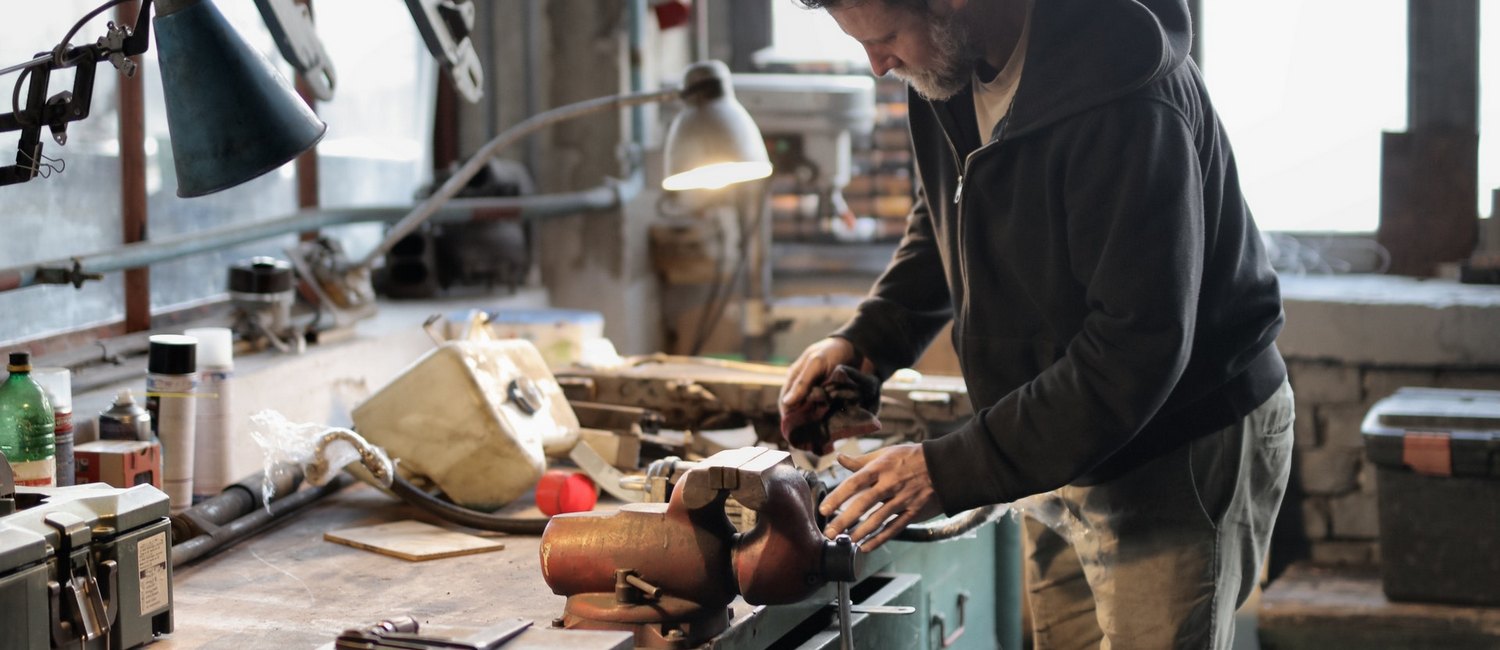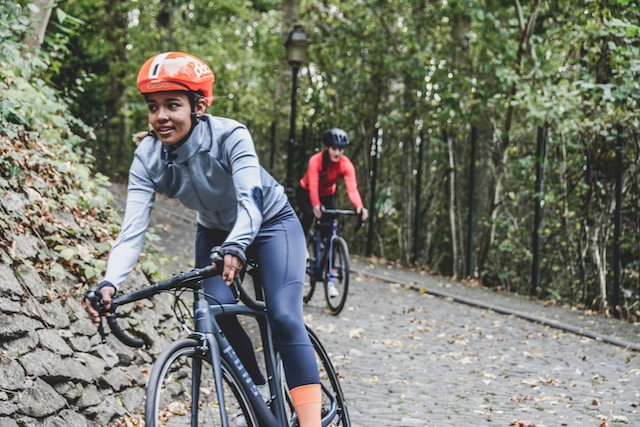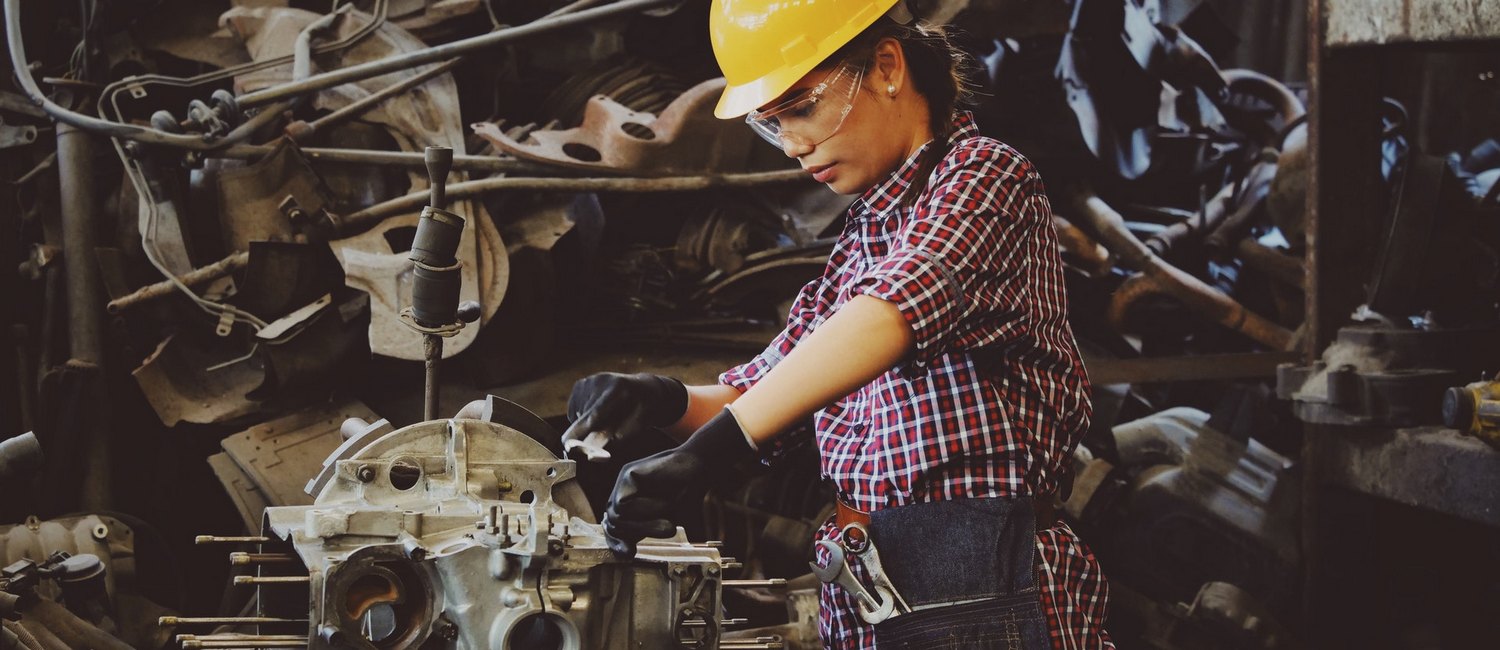Cycling is more than just a means of transportation or a form of exercise; it’s a lifestyle and a source of inspiration for many. From the scenic mountain trails to bustling city streets, bicycles have become an integral part of our lives. And where there’s passion, there’s a community eager to share their experiences. Instagram, a platform celebrated for its visual storytelling capabilities, is the ideal stage for cyclists to showcase their rides, share their adventures, and connect with like-minded enthusiasts.
Cyclists from all walks of life use Instagram to document their journeys, promote environmental sustainability, and foster a sense of camaraderie within the cycling community. The unique blend of adventure and eco-consciousness that cycling offers aligns perfectly with the Instagram ethos of creativity and connection.
The Art of Capturing Stunning Bicycle Photos
While sharing your love for cycling on Instagram is fulfilling, there’s an art to it, and that art is photography. Capturing stunning bicycle photos is more than just pointing your camera at your bike and snapping a shot; it’s about weaving a visual narrative that inspires, engages, and resonates with your followers. These photos are a testament to your passion for cycling, and they deserve to be more than mere snapshots.
The Importance of Photography Skills for Instagram Success
Instagram is a platform where aesthetics play a pivotal role in attracting and retaining followers. Your ability to showcase your cycling journey in a visually appealing way is directly linked to your success on this platform. As a cyclist, you’re part photographer, capturing the essence of your adventures and the beauty of your bike. Therefore, having photography skills in your toolkit is crucial for enhancing your Instagram presence.
Gear and Preparation
To capture stunning bicycle photos for Instagram, you need the right gear and a good deal of preparation. Here’s what you should consider:
Choosing the Right Camera or Smartphone
First, decide whether you’ll be using a dedicated camera or your smartphone. High-end smartphones today come equipped with impressive cameras, making them a convenient choice for many. If you’re serious about photography, a DSLR or mirrorless camera can provide more control and better image quality. Ultimately, the choice depends on your preferences and budget.
Selecting Appropriate Lenses and Accessories
If you’re using a dedicated camera, invest in quality lenses and accessories. A wide-angle lens is great for capturing the whole bike and its surroundings, while a prime lens can help create beautiful depth-of-field effects. Consider accessories like a sturdy tripod or a gimbal for steady shots and versatile camera bags for transportation.
Bike Maintenance and Cleanliness
Before your photo shoot, ensure your bike is in pristine condition. Clean it thoroughly, lubricate the chain, and check for any loose parts or wear and tear. A clean and well-maintained bike not only looks better in photos but also reflects your commitment to your cycling journey.
Time of Day and Weather Considerations
The time of day and weather can significantly impact your photos. Golden hour, which occurs during sunrise and sunset, provides soft, warm light that’s ideal for photography. Overcast days can reduce harsh shadows, making it easier to capture details. Experiment with different conditions to discover what works best for your style and subject matter.
By preparing your gear and taking into account these factors, you’ll be setting the stage for capturing stunning bicycle photos that are not only technically sound but also visually appealing. In the next part of this article, we’ll explore the artistic aspects of photography, including composition and framing.
Composition and Framing
The composition and framing of your bicycle photos are crucial elements that can make or break the visual impact of your images. Let’s explore how to compose and frame your shots effectively:
Rule of Thirds and Other Composition Techniques
The “Rule of Thirds” is a fundamental composition guideline. Imagine dividing your photo into nine equal parts using two horizontal and two vertical lines, creating a tic-tac-toe grid. Place important elements along these lines or at their intersections to create a balanced and visually pleasing composition. Don’t be afraid to experiment with other techniques, such as leading lines, symmetry, and the golden ratio, to add depth and interest to your photos.
Finding Unique Angles and Perspectives
To stand out on Instagram, think outside the box – or in this case, outside the viewfinder. Instead of always shooting at eye level, try low or high angles to capture different perspectives. Get on the ground to photograph your bike from below, or use an overhead shot to showcase your bike and its surroundings in a fresh way.
Using Leading Lines and Framing Elements
Leading lines are natural or man-made elements that guide the viewer’s eye through the photo. Roadways, paths, and fences are excellent examples that can lead your audience to your bike as the focal point. Additionally, consider using framing elements like trees, doorways, or windows to frame your bike, drawing attention to it and adding context to the photo.
Incorporating Foreground and Background Elements
Don’t just focus on the bike alone; include interesting foreground and background elements to tell a more compelling story. Incorporate nature, urban landscapes, or other objects that complement your bicycle. This not only adds depth but also conveys a sense of place and adventure.
The key to successful composition and framing is practice. As you hone these skills, you’ll develop your unique style and improve your ability to convey the beauty and thrill of cycling through Instagram. In the following section, we’ll discuss the importance of lighting and exposure, which are fundamental to achieving stunning bicycle photos.
Lighting and Exposure
Lighting and exposure are pivotal to photography. When it comes to capturing stunning bicycle photos for Instagram, understanding how to make the most of light and control exposure is essential. Let’s delve into the nuances of these two aspects:
Utilizing Natural Light for the Best Results
Natural light is a photographer’s best friend. Whether it’s the soft glow of morning sunlight or the warm hues of a sunset, natural light can transform an ordinary photo into an extraordinary one. When shooting outdoors, pay attention to the direction and quality of the light. Side-lighting can add depth and texture to your bike, while backlighting can create a dramatic silhouette.
Golden Hour and Its Significance
The “Golden Hour” refers to the period shortly after sunrise and just before sunset when the sun is low in the sky, casting a warm, golden light. This magical time offers soft, flattering illumination and long shadows that can enhance your bicycle photos. Plan your photo sessions during the Golden Hour to make the most of this enchanting light.
Controlling Exposure and Shutter Speed
Exposure determines how light or dark your photos appear. Adjusting your camera’s settings, such as aperture, shutter speed, and ISO, allows you to control exposure. Use a lower ISO for well-lit scenes to reduce noise, and consider a higher ISO in low light conditions. Shutter speed plays a vital role in capturing motion; a fast shutter speed can freeze a fast-moving cyclist in action, while a slower speed can convey a sense of motion.
Importance of Proper White Balance
White balance ensures that colors appear accurately in your photos. When shooting in different lighting conditions, adjust your camera’s white balance settings to avoid color casts. Auto white balance works well in most situations, but manually setting it can be useful in challenging lighting scenarios.
Mastering lighting and exposure takes time and practice. Experiment with different conditions, and don’t be afraid to try new techniques to find your style. In the next section, we’ll explore how to capture the essence of motion, a vital element in bicycle photography that can make your images truly captivating.



